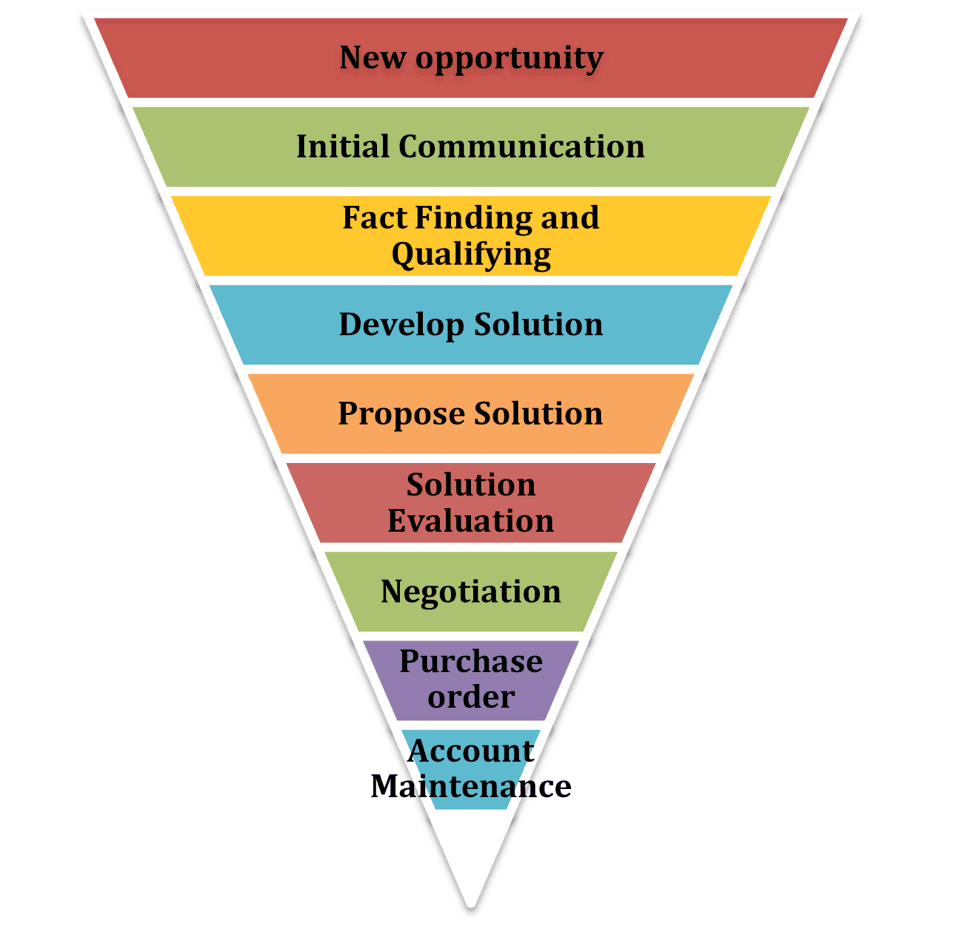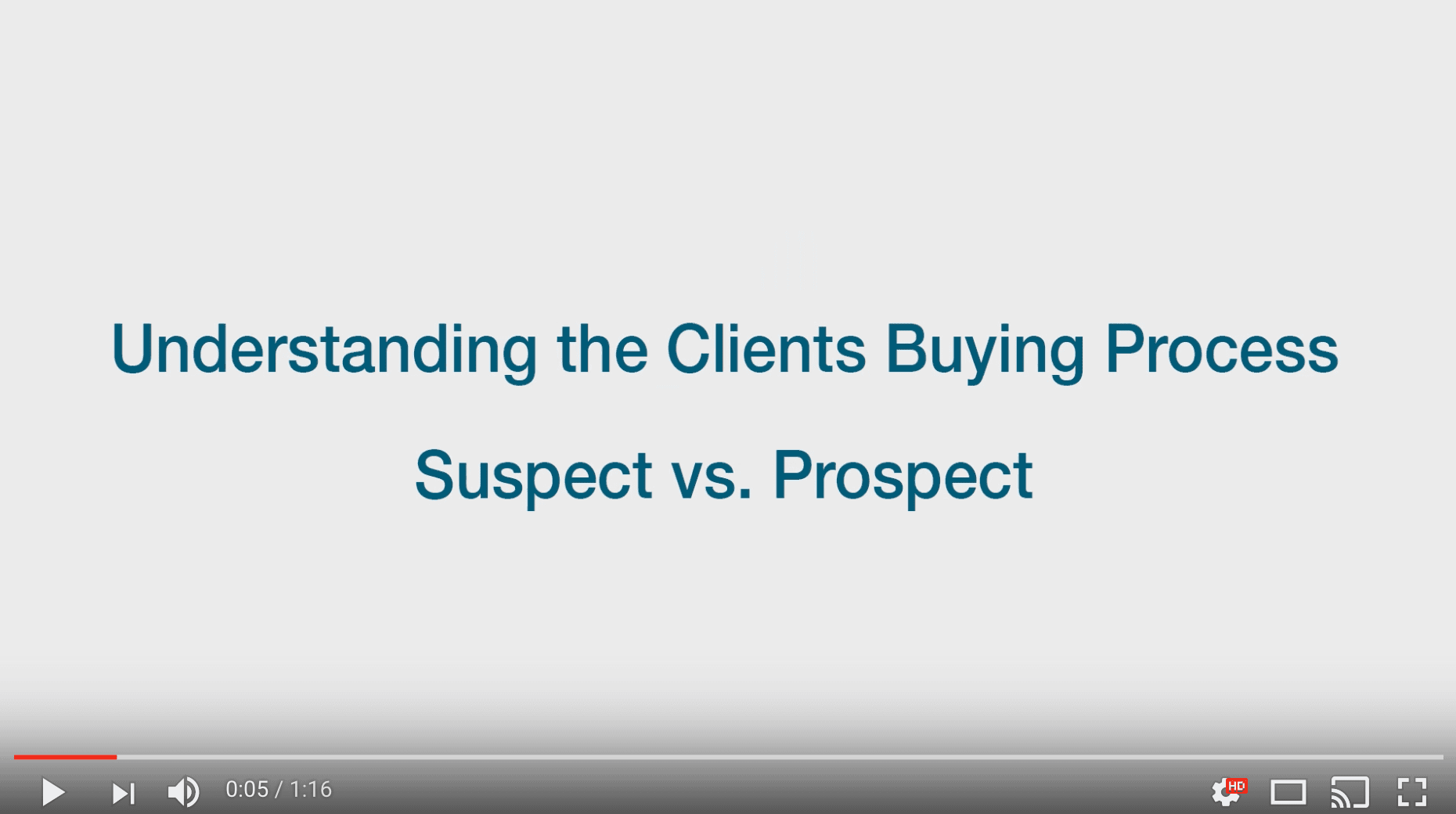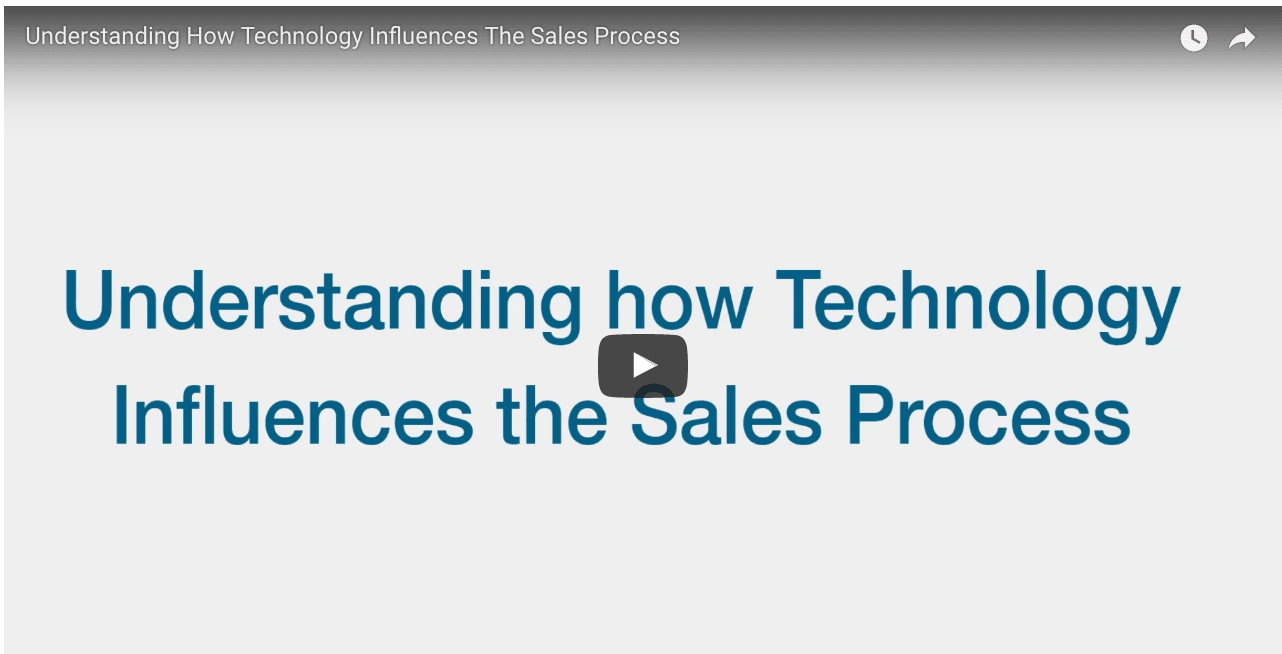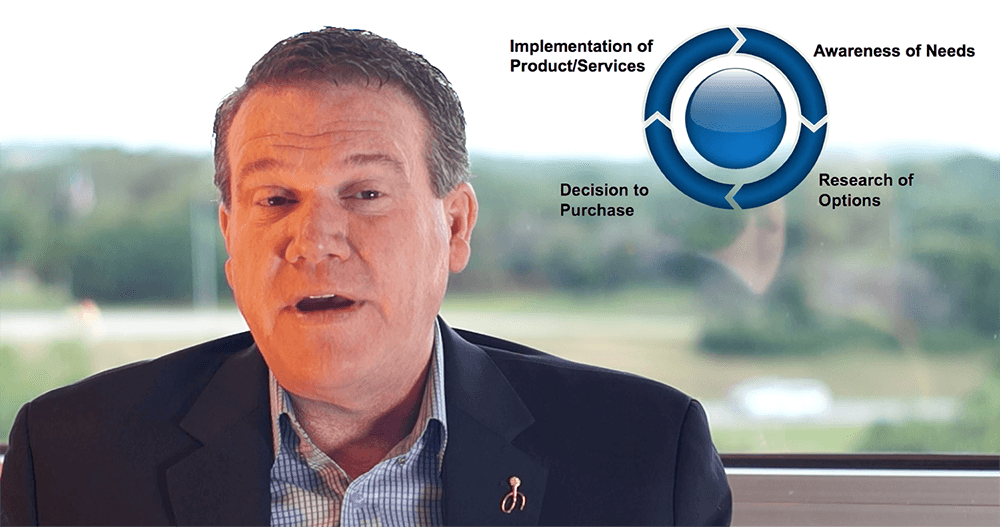Sales Pipeline Checklist
The sales pipeline or funnel is a systematic approach to selling a product or service. It is also a good way to keep track of progress. It can show a “snapshot” of your sales operation at any point in time.
Each step in the pipeline or funnel has clearly defined criteria that need to be addressed before the opportunity can move further along. In other words, leads become more and more qualified as they work their way through the funnel. The funnel also provides a great way to track and forecast sales as well as gauge marketing activities.
By reviewing a Sales Funnel Report, the sales rep can easily see how many leads are at each step, if there are any “bottlenecks”, or if there are an insufficient number of leads at any stage. Armed with that knowledge, the sales rep may then decide to shift his focus. He can then also work closely with the sales and marketing managers to determine whether they are generating enough leads to hit sales goals, whether the leads are of high enough quality, or what further actions need to be taken to help him reach his territory objectives.
Use a sales pipeline checklist to help organize your sales process and close more business.
| New Opportunity | |
| Initial Communication | ¨ Initial contact made
¨ Opportunity reviewed with sales manager ¨ Business problem and need to take action is identified ¨ It appears that my company can satisfy the need |
| Fact Finding and Qualification | ¨ Qualifying checklist completed
¨ Decision-making process is identified ¨ Business problem and need to take action is confirmed with prospect ¨ Problem owner agrees to be advocate for my company ¨ Ultimate decision maker (UDM) identified |
| Develop Solution | ¨ UDM commits to obtain funding for solution
¨ Competition is identified ¨ UDM confirms decision within 90 days ¨ My company’s solution and implementation is identified ¨ Prospect’s funding is approved and committed |
| Propose Solution | ¨ My company agrees on solution and implementation strategy
¨ Proposal submitted to prospect |
| Solution Evaluation | ¨ Decision making process is reconfirmed with UDM
¨ Prospect commits to make a decision within 30 days |
| Negotiation | ¨ Negotiations completed
¨ Terms and conditions are agreed upon ¨ Agreement is signed |
| Purchase Order | ¨ Purchase order is issued
¨ Implementation plan is finalized |
| Account Maintenance | ¨ Implementation begins
¨ Revenue is booked ¨ Customer satisfaction process begins |
Related Article:
Happy Selling!
The Sales Coaching Institute











